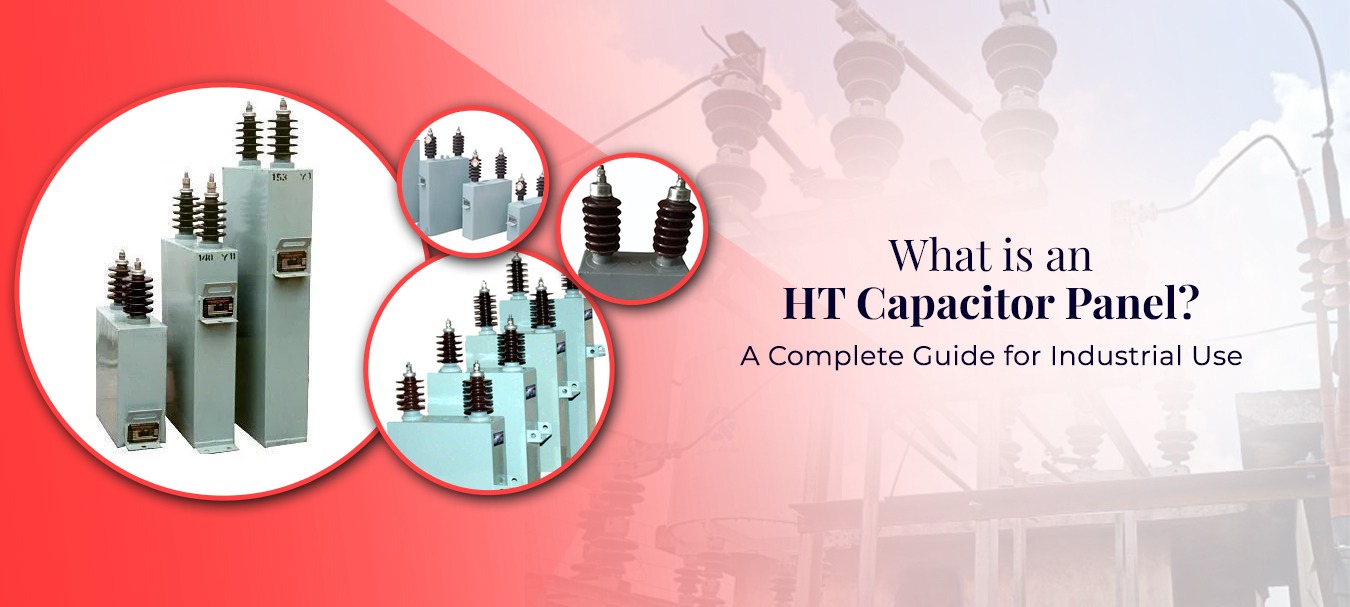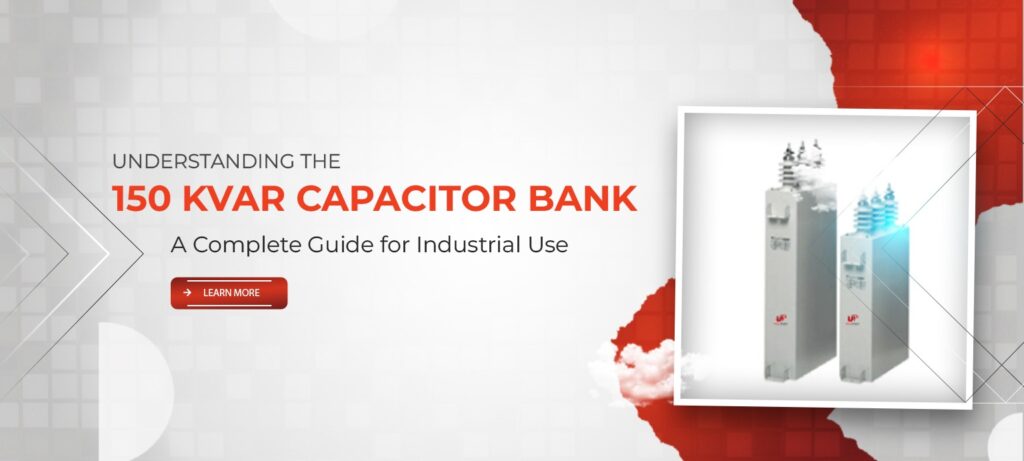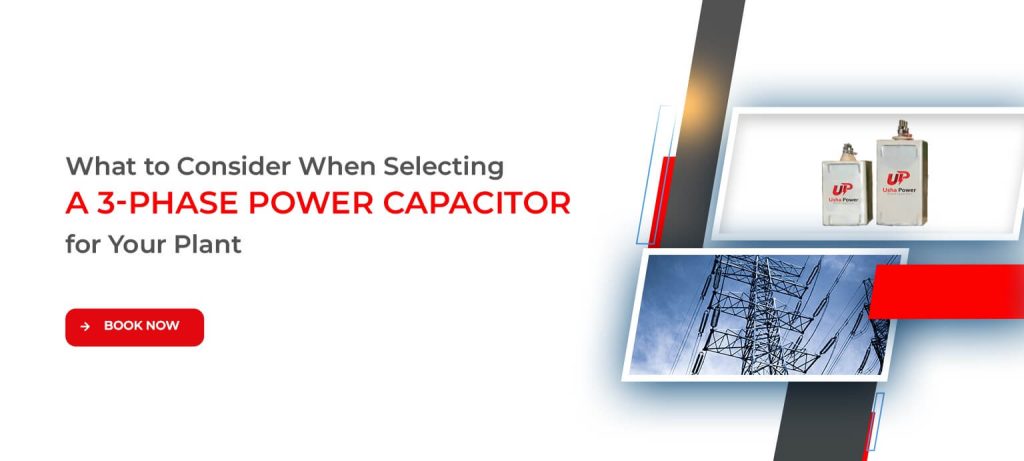In industrial electrical systems, maintaining power quality and improving efficiency are critical to smooth operations. One of the key components that help achieve this is an HT capacitor panel. HT stands for High Tension, which refers to high-voltage systems typically above 1 kV, commonly used in industries to power heavy machinery, production lines, and large equipment. An HT capacitor panel is specifically designed to provide reactive power compensation, stabilize voltage levels, and reduce losses in the electrical network. Proper installation and maintenance of these panels ensure that industrial facilities operate efficiently while minimizing electricity costs and equipment wear.
Understanding the Basics of HT Capacitor Panels
An HT capacitor panel is essentially an assembly of high-voltage capacitors connected through a series of switchgear, fuses, and control devices. Its primary purpose is to provide reactive power to the electrical system. Reactive power is necessary to maintain voltage levels in AC systems and ensure that equipment functions correctly. Unlike active power, which performs actual work like running motors or lighting lamps, reactive power circulates between the source and load, supporting the overall system stability. By compensating for the lagging power factor caused by inductive loads such as motors, transformers, and welding machines, an HT capacitor panel improves power factor, which in turn reduces unnecessary energy losses.
Components of an HT Capacitor Panel
A standard HT capacitor panel consists of several key components. First, there are the high-voltage capacitors themselves, typically oil-filled or dry-type, designed to withstand industrial voltage levels. Next, the panel includes contactors or circuit breakers that allow sections of the capacitors to be switched in or out automatically, depending on the system’s reactive power demand. Protection devices, such as fuses and lightning arresters, safeguard the capacitors from short circuits and voltage spikes. Additionally, control relays and metering devices monitor performance, ensuring that the panel operates safely and efficiently. All these components are housed within a robust metal enclosure to protect them from dust, moisture, and physical damage in industrial environments.
How HT Capacitor Panels Work
The operation of an HT capacitor panel is based on supplying reactive power to the electrical network. When an industrial facility operates, inductive loads draw current that lags behind the voltage, creating a low power factor. This lagging current increases losses and reduces the efficiency of the electrical system. The HT capacitor panel injects leading current into the network to counteract this lag. By balancing the reactive power, the panel improves voltage stability and reduces losses in transformers, cables, and other electrical components. Automatic switching mechanisms allow capacitors to be connected or disconnected based on real-time requirements, ensuring optimal power factor correction at all times.
Benefits of Using HT Capacitor Panels in Industrial Applications
The use of an HT capacitor panel brings multiple advantages to industrial operations. The most significant benefit is improved power factor, which can lead to reduced electricity bills, as many utilities impose penalties for low power factor. Better voltage regulation ensures that machines and equipment operate at their rated capacity, preventing malfunctions or overheating. Moreover, reducing reactive power in the system decreases transmission losses, which enhances overall energy efficiency. HT capacitor panels also help extend the life of transformers and motors by reducing thermal stress caused by excess reactive currents. For large-scale industrial plants, these benefits translate into considerable cost savings and smoother operations.
Installation Considerations for HT Capacitor Panels
Proper installation of an HT capacitor panel is crucial for its safe and efficient operation. First, the panel must be sized according to the reactive power requirements of the industrial facility. Oversized or undersized panels can lead to overcompensation or insufficient power factor correction, respectively. The location of the panel should be easily accessible for maintenance while being safe from environmental hazards like moisture or excessive dust. Grounding and earthing are essential to protect the panel and connected equipment from electrical faults. Additionally, coordination with the existing switchgear and transformers ensures that the HT capacitor panel integrates seamlessly into the power distribution system. Professional evaluation and installation are highly recommended to avoid operational risks.
Maintenance and Safety Guidelines
Regular maintenance of an HT capacitor panel is necessary to ensure long-term reliability. Visual inspections for signs of overheating, oil leakage (in oil-filled capacitors), and dust accumulation should be conducted periodically. Electrical testing, including capacitance and insulation resistance measurements, helps identify potential issues before they escalate. Capacitors have a finite lifespan, and periodic replacement of aging units prevents system failures. Safety is paramount while handling HT panels due to high voltage levels. Only trained personnel should perform maintenance, and proper lockout-tagout (LOTO) procedures must be followed to prevent accidents. Adequate ventilation and adherence to manufacturer guidelines further enhance operational safety.
Common Applications of HT Capacitor Panels
HT capacitor panels are widely used in industrial settings where large inductive loads are present. They are commonly installed in manufacturing plants, steel mills, cement factories, textile units, and chemical plants. Any facility with high-voltage motors, transformers, or large welding machines can benefit from reactive power compensation provided by these panels. Additionally, they play a vital role in stabilizing voltage in substations and large commercial buildings, ensuring uninterrupted operation of sensitive equipment. By mitigating voltage drops and improving power factor, HT capacitor panels contribute to both energy efficiency and equipment longevity, making them indispensable in industrial power systems.
Final Thoughts
An HT capacitor panel is a vital component in industrial electrical networks, offering reactive power compensation, voltage stabilization, and improved power factor. With a combination of high-voltage capacitors, switchgear, and protective devices, these panels enhance the efficiency and reliability of industrial operations. Proper installation, routine maintenance, and adherence to safety protocols are essential to maximize their benefits. From manufacturing plants to heavy industries, HT capacitor panels ensure smooth and cost-effective electrical operations, helping industries reduce losses and protect valuable equipment. Understanding their function and application is key for any industrial facility aiming to optimize its power system performance.
If you are the owner of an industrial facility or a business looking to upgrade or install capacitors for enhanced power system efficiency, Usha Power provides expert guidance and high-quality solutions tailored to your needs. We work closely with business owners to assess power requirements, recommend the most suitable capacitors, and ensure seamless installation for reliable performance. Our team also offers ongoing maintenance and monitoring support to guarantee optimal operation and prevent downtime. By partnering with us, businesses can improve power factor, reduce energy losses, stabilize voltage, and protect valuable machinery, delivering solutions that combine safety, durability, and efficiency. Our goal is to support industrial operations with advanced electrical solutions that enhance productivity, optimize energy use, and lower operational costs.





